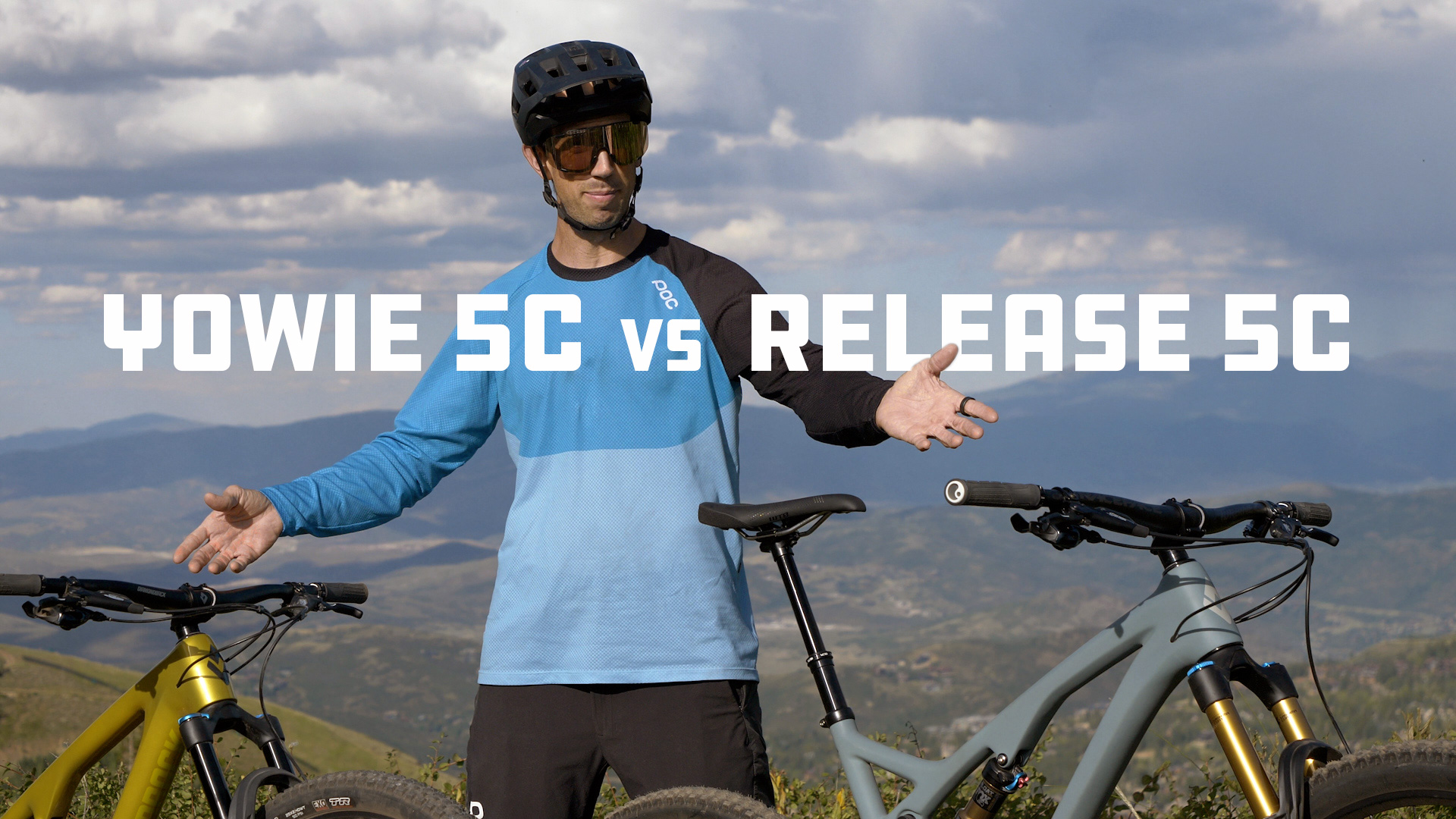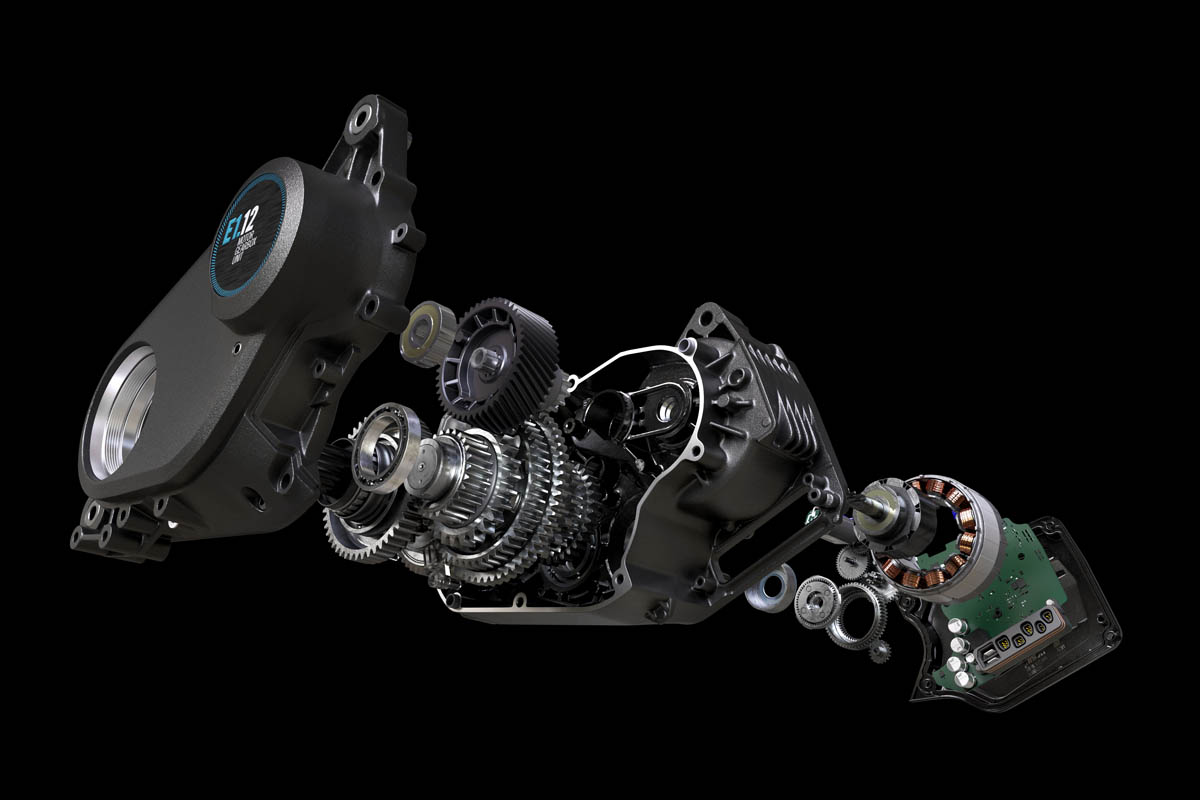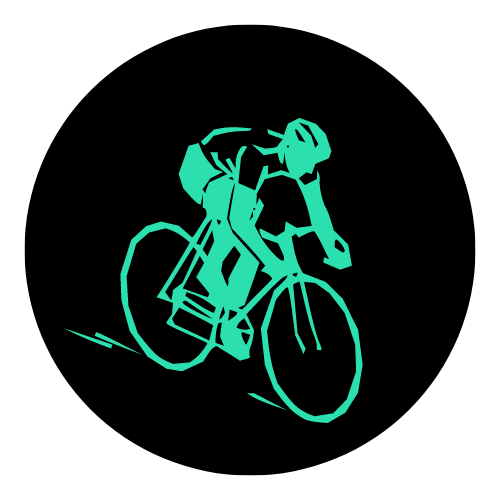A Bike Fitter’s Take on Trek’s New “Road Race” Geometry
As a bike fitter I’m often very critical of bike geometry – specifically fit geometry – and especially geometries with labels like “Endurance” or “Race.” While it is true, fit geometry has a major impact on how “racey” the resulting fit will be, so too does the rider’s proportions and final bike setup. I’ve seen very conservative positions on a race bike and very racy positions on an endurance bike. This is mostly due to rider proportions, however bike setup can also influence this significantly. Notwithstanding the above, Trek has recently launched a new updated version of their Madone and with it the American brand has made some major geometry changes. Given that the Madone is one of the most popular bikes on the market today, I thought it was worthwhile to give my take on the new geometry and […]
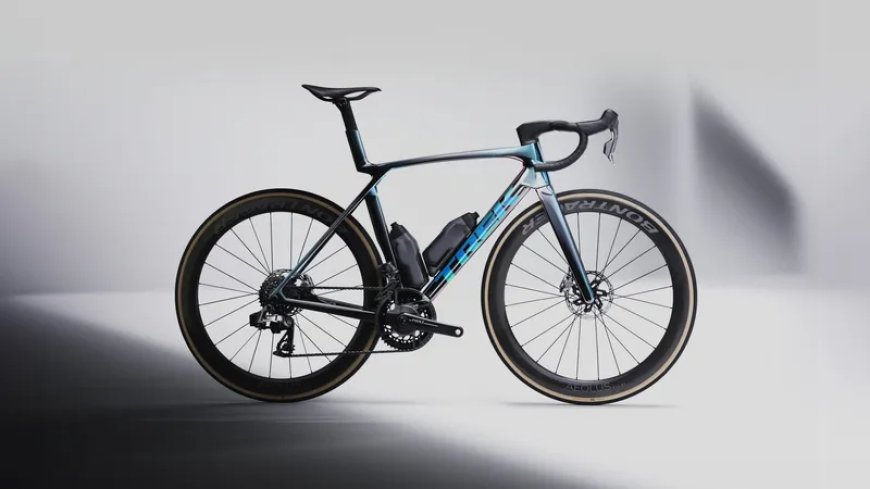
As a bike fitter I’m often very critical of bike geometry – specifically fit geometry – and especially geometries with labels like “Endurance” or “Race.” While it is true, fit geometry has a major impact on how “racey” the resulting fit will be, so too does the rider’s proportions and final bike setup. I’ve seen very conservative positions on a race bike and very racy positions on an endurance bike. This is mostly due to rider proportions, however bike setup can also influence this significantly.
Notwithstanding the above, Trek has recently launched a new updated version of their Madone and with it the American brand has made some major geometry changes. Given that the Madone is one of the most popular bikes on the market today, I thought it was worthwhile to give my take on the new geometry and break down how the new bike has changed as well as what those changes look like in terms of how it will fit you, the rider.
I’ll start by giving a brief history of Trek’s geometry choices over the past few years and then compare the new Madone geometry to some other available bikes on the market. If you are unfamiliar with what I mean by “fit geometry” check out this blog post for a recap.
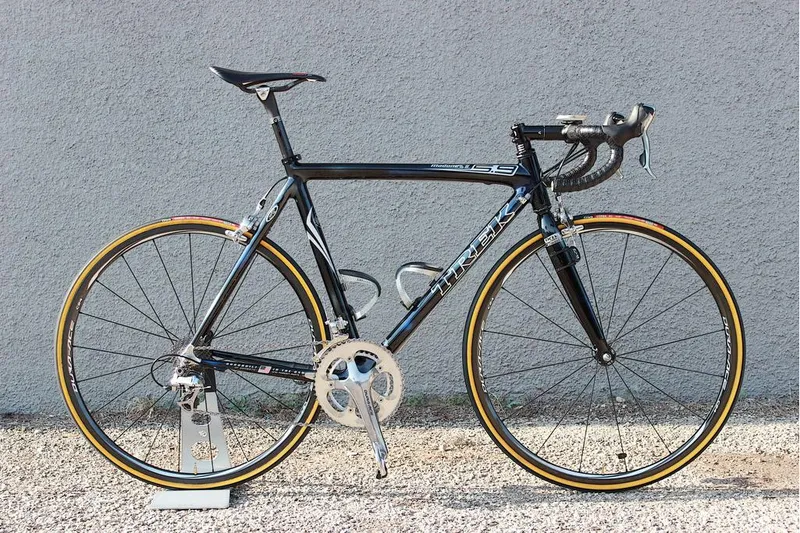
The original Trek Madone from 2003
Full disclosure I do some bike fitting out of a Trek dealer and get discounts on their product. They are also hosting me for a visit at Stage One of this year’s Tour de France. Apart from that I am not being compensated in any way for this article and I believe my opinion of this bike hasn’t been influenced by the above.
Before we get started, If you are curious how you’ll fit on a new Madone, or any other bike for that matter, you can check out our unique bike sizing tool which extracts your body segment lengths and virtually poses you on any bike in our database.
Trek’s Geometry
Back in the early 2010’s Trek was one of the first and only brands to roll out multiple geometries for the same models. At the time, Trek offered three geometries on their road bikes; H1, H2, and H3. As a bike fitter, this made it very easy to find the right bike for an individual as there was ample choice across the models offered.
Trek had 3 distinct and very different geometry options
Enter H1.5
Trek’s H1.5 neatly split the difference between H1 and H2.
In the late 2010’s Trek combined the H2 and H1 into a single geometry, calling it H1.5. This geometry, as the name implies, was roughly in between H1 and H2. This allowed Trek to keep many of the riders happy by having a bit more of an aggressive fit for riders that wanted it while still being conservative enough that your average rider could probably get comfortable on it (with perhaps a few more spacers than the slam the stem crowd would prefer).
As a fitter I found the H1.5 was more versatile than the H1 – in that I could actually fit average humans on it – but riders who were limited by mobility had a hard time unless we ran many spacers or potentially positive stems.
New Road Race Geometry
Goodbye H1.5, hello “Race Geometry”
Today Trek launched their new Road Race geometry. While overall the changes may look relatively small, the major change is they took out two sizes, going down from eight options to six. Also of note is a move to a slightly less aggressive geometry with most sizes having a bit more stack and a bit less reach, with the obvious exception being the XL. While I don’t necessarily love the move from eight to six models – fewer sizes mean larger jumps between each size – I can see why they did it. In H1.5 sizes 52cm and 54cm and to a lesser extent 56cm and 58cm would often have a rider who fit equally well on either option.
With the new geometry there are much more significant jumps from Small to Medium to Large. While I imagine there will be a few riders who now don’t fit as great on one of these options, from a business perspective I imagine Trek is saving a significant amount of money on this move and with the current climate in the bike business it’s hard to fault them. I’m sure they will save more money in R&D and manufacturing than they will lose in the few potential lost sales.
What does this mean if you are riding a H1.5 bike currently and moving to the new Race Geometry? For most sizes you’ll likely just select the closest option on the graph above, however there are two sizes that jump out to me as a bit problematic. If you are currently riding a 52cm Madone/Emonda and are absolutely slammed you will probably need to downsize to the Small and run a 1cm longer stem. Also if you are running all your spacers on a 62cm frame then the XL might not be a big enough bike for you. Apart from that most people should be able to transfer over their fit quite well.
A Movement to T-Shirt Sizes
You may have also noticed that Trek moved from numerical sizes (52cm, 54cm, 56cm…) to “T-Shirt” sizing (S, M, L…). Years ago I used to think that T-Shirt sizing was a bad idea and no serious brand should use them. Over the years my opinion has changed and I actually think it’s the better way to label a bike. My main reason for this is that numerical sizes imply that one size is likely the same as another. A pet peeve of mine has always been when a person confidently states “I’m a 54cm” no matter the bike geometry.
As we’ve covered here, two bikes with the same numerical size can have as much of a variance in fit geometry as some individual models across all sizes. While T-shirt sizes don’t necessarily convey that the size isn’t necessarily the same across all makes and models I believe the average consumer is more likely to understand that there can be variance across bike sizes with the same label.
Trek also quietly shifted their crank options to be slightly smaller from the factory. I think this shift is promising but I’d still like to see stock cranks move even shorter. The research is out there and the manufacturing has finally caught up. Stay tuned for a post on the subject from us.
| Size | Stock Crank | My Suggestion |
| XS – S | 165mm | 160mm |
| M | 170mm | 165mm |
| M/L – L | 172.5mm | 170mm |
| XL | 175mm | 172.5mm |
Trek’s Marketing Claims
Digging into the Trek marketing materials on this bike there are two claims that I’m not crazy about:
More Sizing Range
Trek has made the claim that the new geometry will accommodate both larger and smaller riders better than the previous option. I have to disagree with this claim as the fit geometry doesn’t back it up – specifically on the large side. Trek makes this claim based on the XL and XS sizes having the potential for a higher and lower final seat heights. But seat height is only a small part of bike fit. The XL bike most certainly won’t accommodate very large riders as well as the outgoing 62cm unless that rider has proportionally very long legs.
New Trek Aero Bottle
Not fit related, but I can’t let it go that they need the aero bottles to maintain the same aero performance of the previous Gen 7 Madone. I’m totally fine that this bike is slightly less aero than the outgoing model and I think it would earn some good will if Trek actually posted the numbers with round bottles. I’ll be watching this year’s Tour like a hawk to see if the riders switch to round bottles during the stage.

Trek claims new Gen 8 Madone to be as aero as Gen 7 while being much lighter
Comparing the New Madone Fit to Popular Competitors
Trek Race Geometry vs Top Competitors
Finally we’ll compare how Trek’s Road Race Geometry compares fit wise to some of it’s top competitors. In this comparison we’ll use the Giant TCR, Canyon Aeroroad, Specialized Tarmac SL8, and Cannondale SuperSix Evo.
I get two main takeaways from the above graph. First, the race geometry is getting a little “short” – i.e., a lower Reach value. I’m actually okay with this as it’s relatively easy to solve with just a longer stem.
Second, the Madone is moving towards being one of the least aggressive race bikes on the market. But is this a bad thing? I’ve been arguing for years that even amongst the pros, positions are too aggressive and I think Trek’s research has finally shown that they agree.
Personally I think Trek’s H2 geometry was one of the best thought out geometries out there and I wouldn’t be surprised if we saw Trek make their race geometry even less aggressive over the next few iterations. The big question will be if the Pro’s will be running extreme -17° stems to accommodate their ideal fit on this bike or not. Stay tuned. We’ll be on the ground at the start of the Tour De France to find out.
Additional Resources
What's Your Reaction?




















